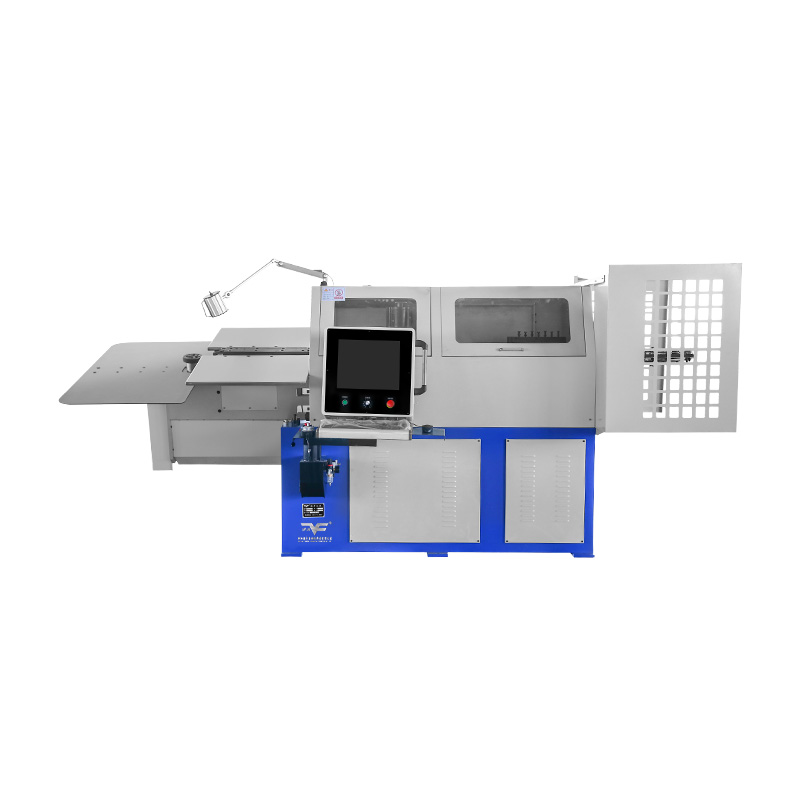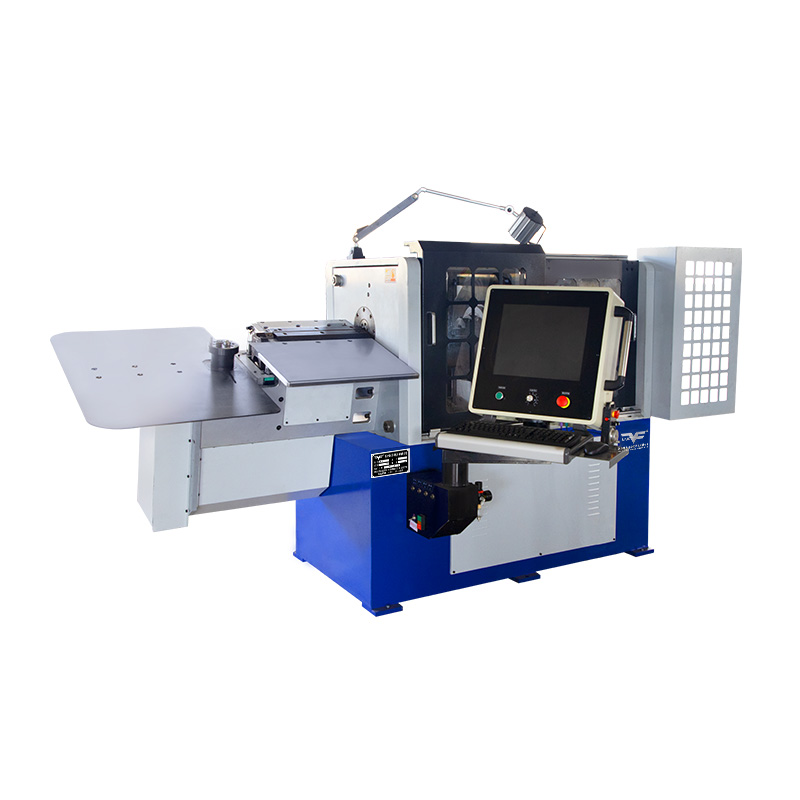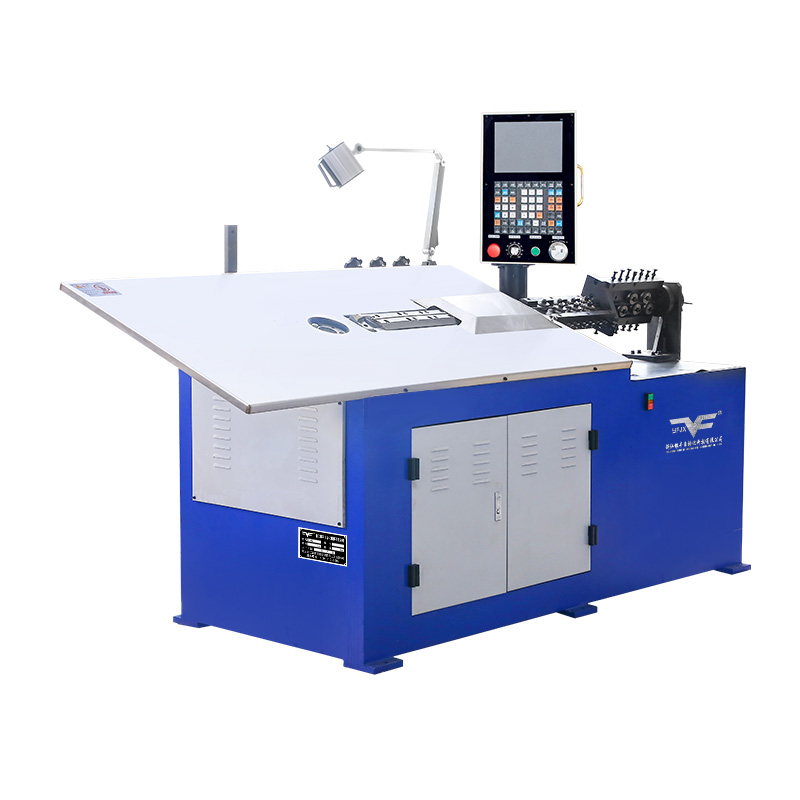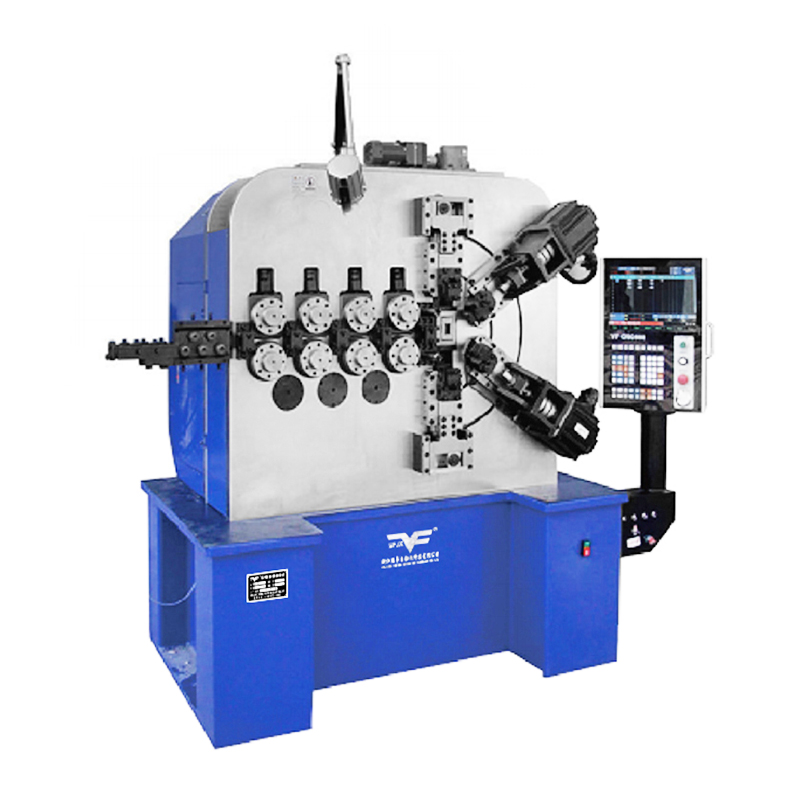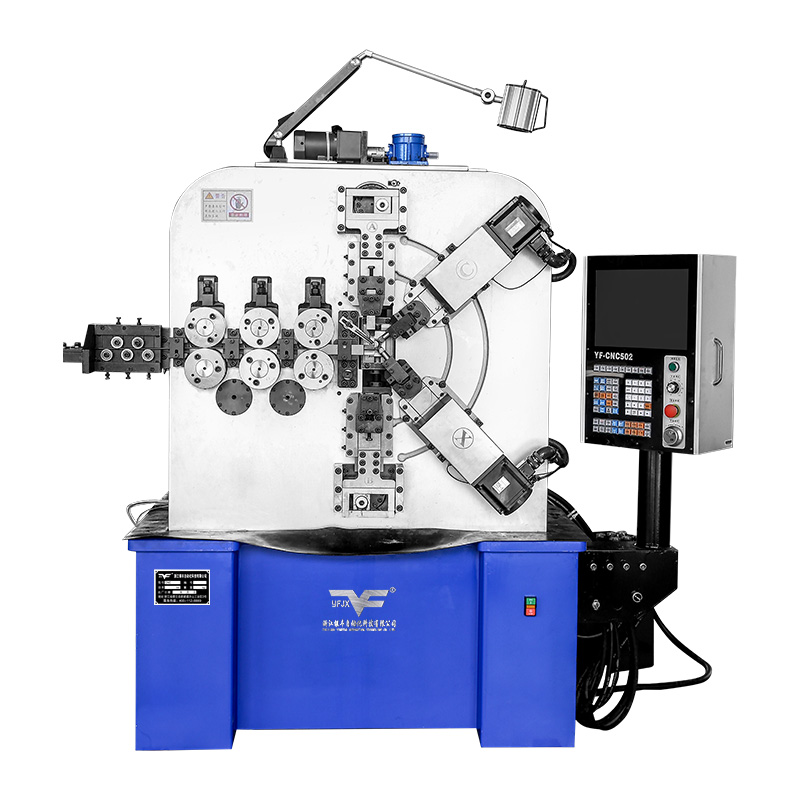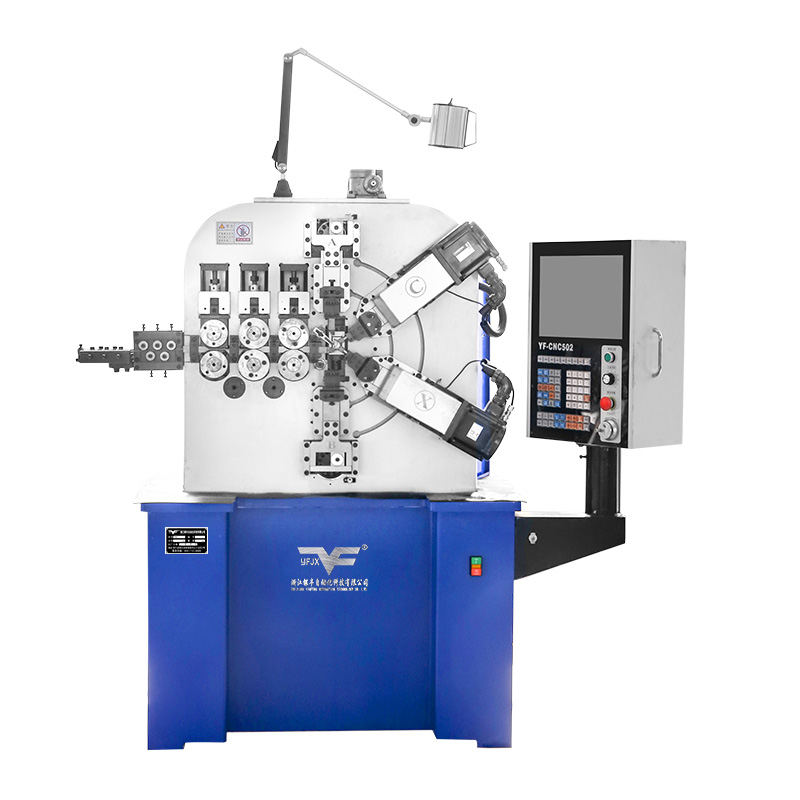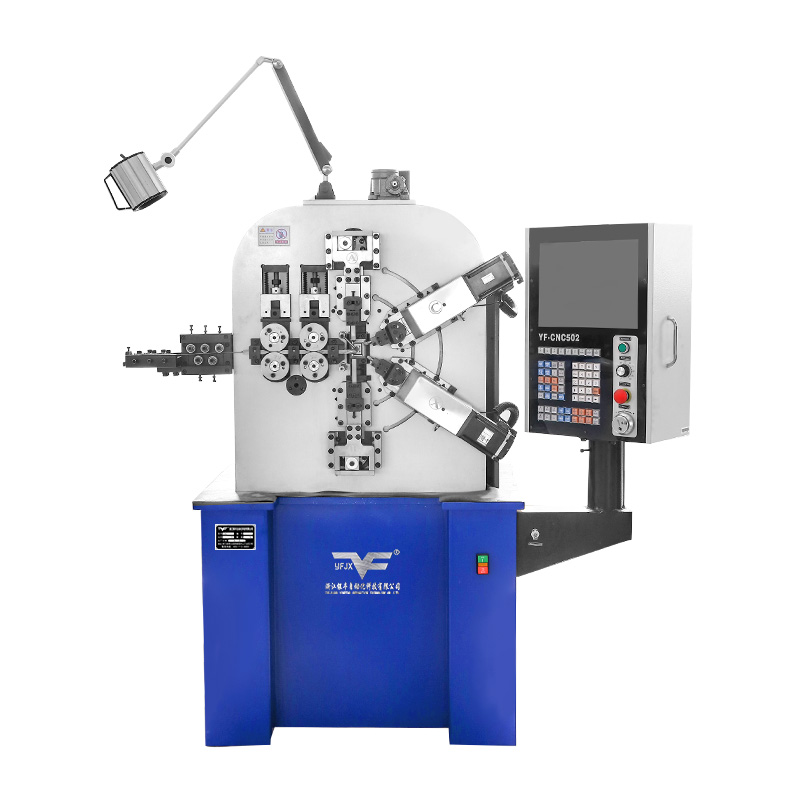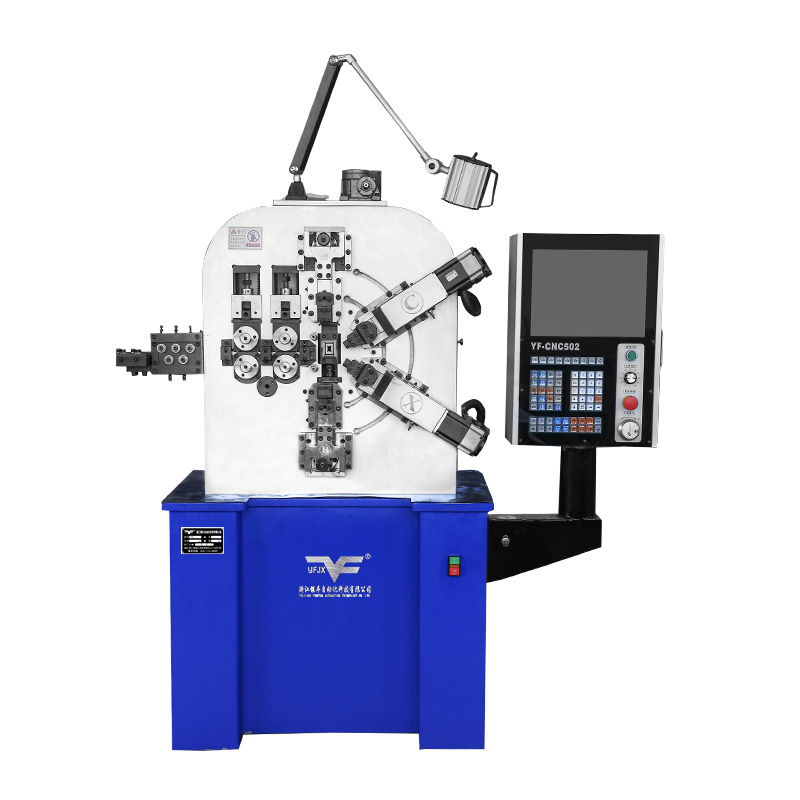Spring Coiling Machine Demand Rises Amid Automation Trends
Industry News-As more industries turn toward automation to improve efficiency and consistency, the demand for spring coiling machines is steadily increasing. From automotive components to home appliances and industrial tools, springs are essential parts, and manufacturers are finding it harder to keep up with demand using traditional methods.
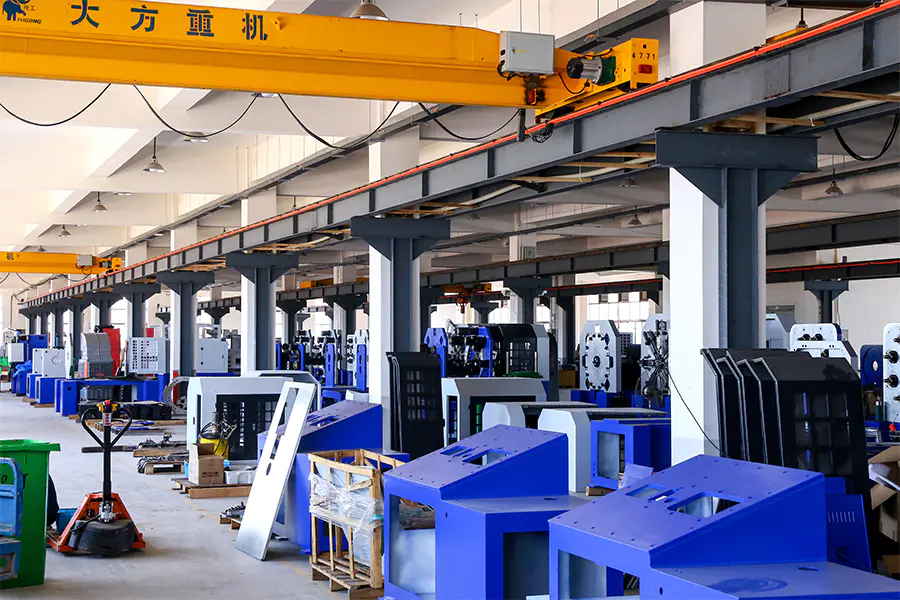
A spring coiling machine is designed to shape wire into coiled springs with precision and speed. In the past, much of this work was done manually or with semi-automated equipment, but newer requirements for tighter tolerances and faster production rates have pushed manufacturers to upgrade. Today’s production lines require machines that can adapt quickly to changing specifications, and that's where CNC spring coilers come in.
Unlike conventional systems, a CNC spring coiler allows for programmable control over wire feeding, coiling, and cutting. This makes it easier to produce a wide range of spring types without major equipment changes. For companies dealing with smaller production runs or frequent design updates, this flexibility is a big advantage. It also reduces the risk of human error, which can pilot to waste and inconsistent product quality.
One reason why the spring coiling machine market is growing is the increasing use of custom springs in electronics and wearable devices. These components often need small, precisely formed springs that meet specific performance requirements. Manual methods simply can’t meet the scale or precision needed, especially when working with fine wires. A CNC spring coiler offers the level of control that these applications require, and it can maintain that consistency across long runs.
In many factories, introducing a modern spring coiling machine has helped balance productivity and labor challenges. As experienced operators become harder to find, machines that require less hands-on setup are becoming more valuable. Some newer CNC spring coilers even include features like automatic error detection and on-screen adjustment tools, reducing downtime and improving overall output.
While cost is always a consideration, more manufacturers are seeing the return on investment with CNC spring coilers. Their ability to reduce material waste, shorten setup times, and handle a broader range of spring designs means fewer delays and more predictable scheduling. Over time, this adds up to noticeable gains in both productivity and quality control.
Interestingly, the adoption of spring coiling machines isn’t limited to large-scale operations. Smaller workshops and niche manufacturers are also beginning to see the benefits. With compact CNC spring coiler models now available, even limited spaces can support advanced spring production without major infrastructure changes.
Of course, switching to a CNC spring coiler involves a learning curve. Operators often need training to fully understand the programming and maintenance involved. But once that hurdle is crossed, many users find that these machines open up new opportunities. Whether it's faster prototyping, easier design changes, or improved repeatability, the advantages are becoming harder to ignore.
As automation becomes more accessible and necessary across industries, the role of the spring coiling machine continues to evolve. With rising expectations around speed, precision, and flexibility, CNC spring coilers are finding their place not just as an upgrade, but as a standard part of modern manufacturing setups.

 English
English русский
русский Español
Español 简体中文
简体中文